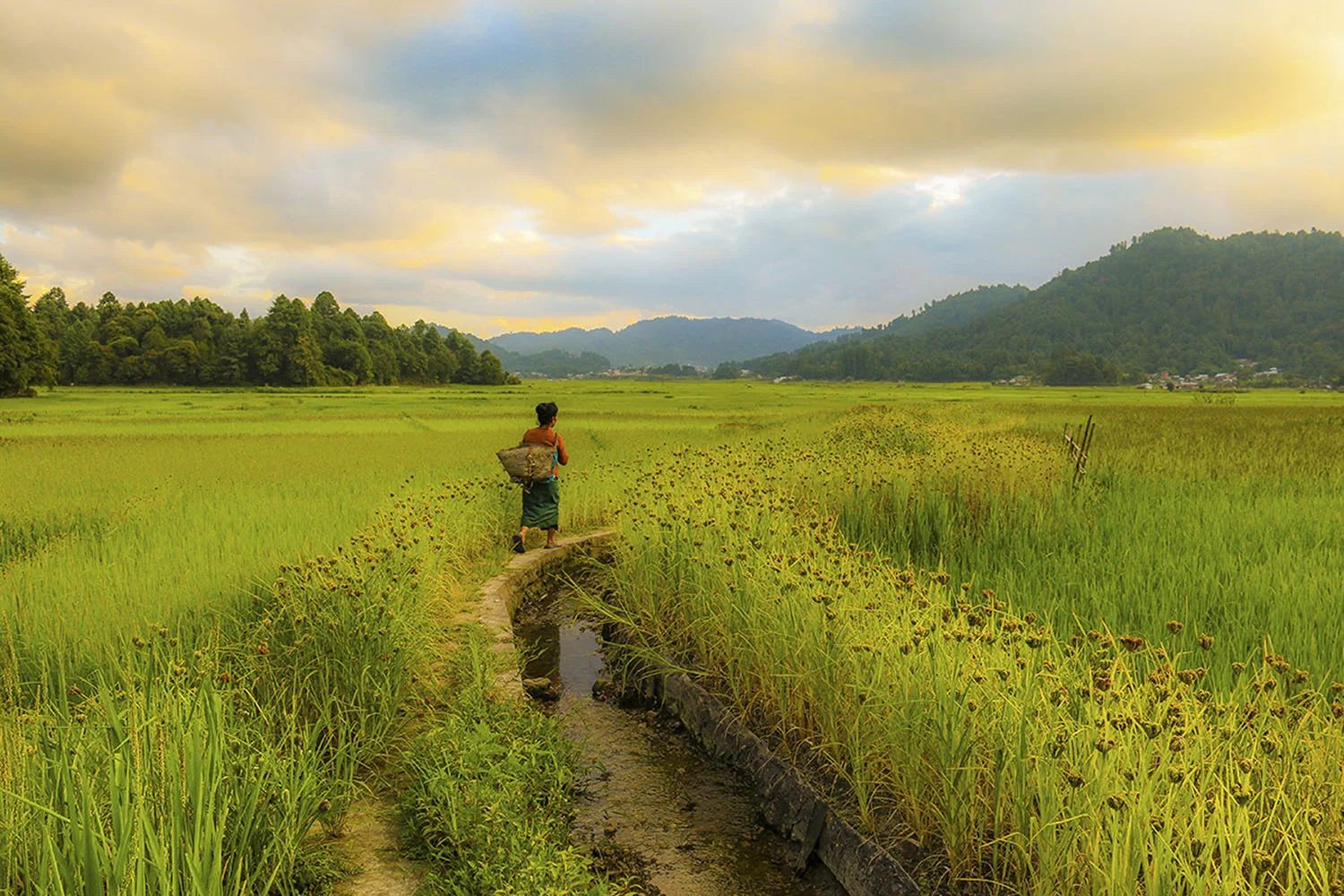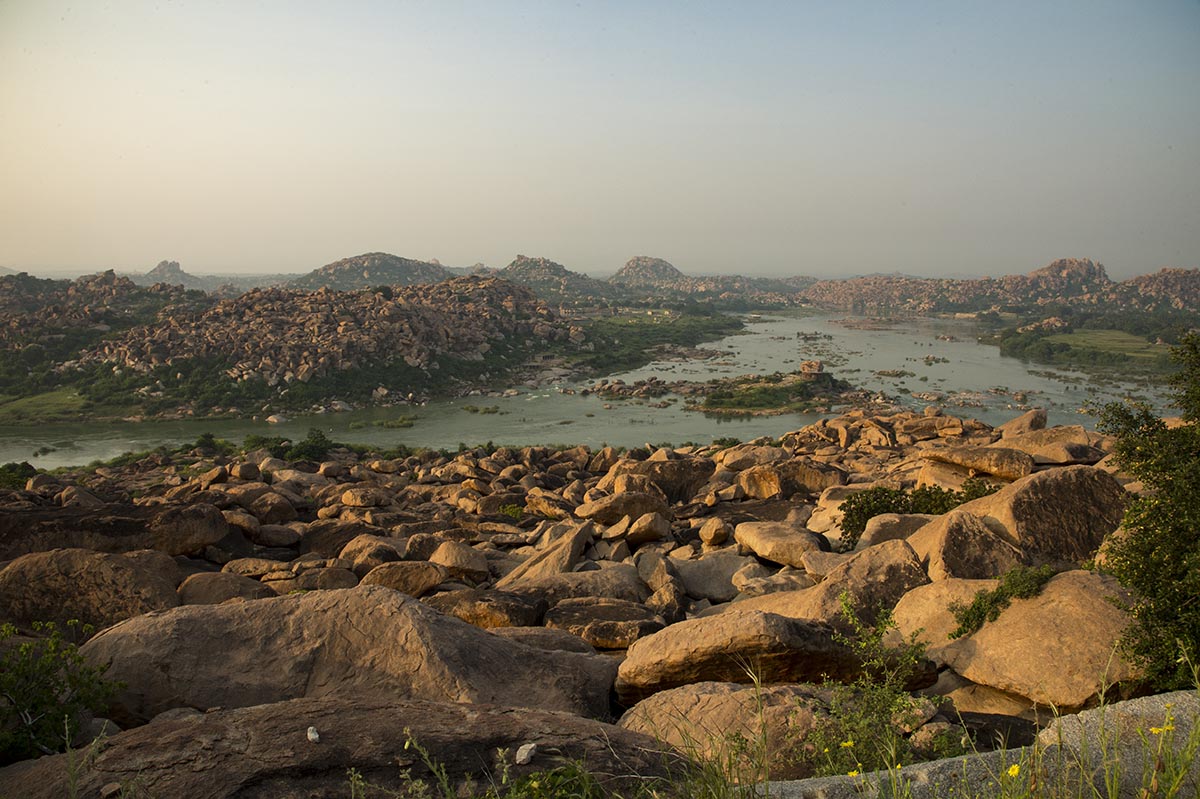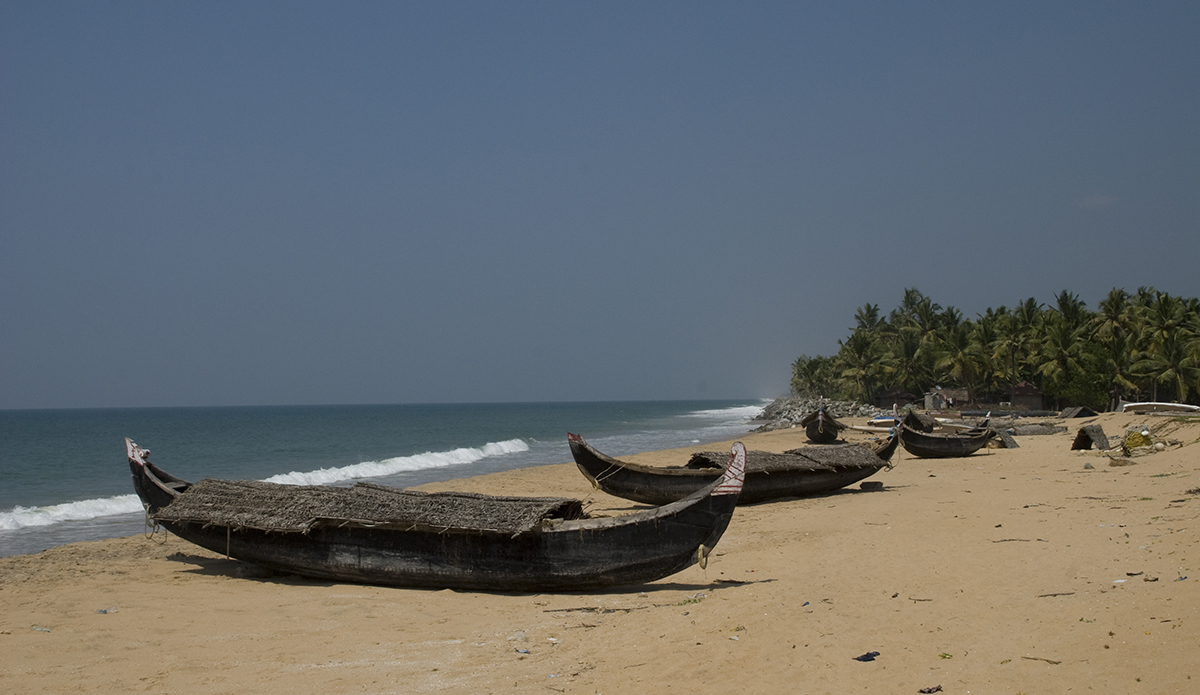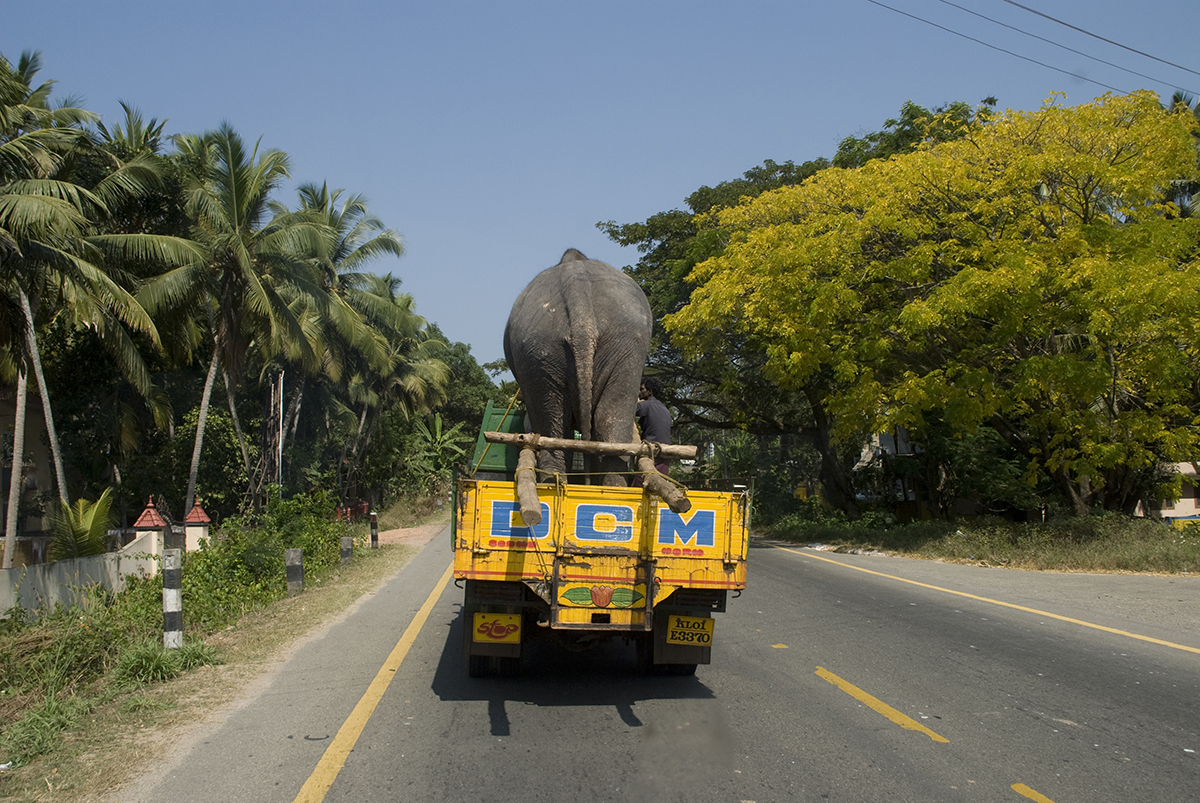RURAL JOURNEYS
To experience the true pulse of India, let us take you on an intimate journey into its rural heartlands. the further remote we go, the more deeply we are affected, as we reach villages and communities whose values and culture remain heart-warmingly intact.
The Hamlets of the Indian Himalaya
The foothills of the Indian Himalaya are not only breathtakingly beautiful with sweeping views over the valleys and snow-capped mountains, they are home to quiet, remote hamlets where the rustic charm, warmth and simplicity of the people and excellent home-cooked food will nourish your soul.
The Kumaon hills, the pristine Kinnaur region or the bustling Kullu valley of Himachal Pradesh offer incredible mountainous experiences, while still being within a day's reach of an airport or railhead. For even more remote journeys, we travel to the north-eastern Himalaya, to the states of Arunachal Pradesh, upper Assam and even right up in to Nagaland and Mizoram, or to the remote north-western Himalaya such as Spiti, Ladakh and the upper hills of Punjab.
"We loved the stay in Paragpur, we really would love to come back and explore more rural & natural landscapes of India"
- Nadya & Alistair, who traveled with Avi in a small group tour.
The Forest-dwellers of Central India
The Gond and Baiga tribal communities that reside on the edge of central India's tiger reserves, are indigenous forest-dwelling people with strong animistic beliefs that have helped to keep our forests and our tigers protected to this day.
Nestled among the tracts of sal and teak forests, are small clearings where clusters of houses - that seem to have been plucked straight out from the earth - form village settlements. Every inhabitant is an architect, expert in mud-construction and rice-cultivator, drawing upon their natural resources to sustain a simple, rustic lifestyle. Weekly markets take place in the larger settlements, where spices, vegetables and simple crafts of bamboo and pottery are brought and bartered. We partner with individuals who have dedicated their lives to working with these communities, trying to uphold their traditional values and dignity in a country that is rapidly modernising.
"Being able to visit tribal homes with our wonderful hostess Margie, was a wonderful experience"
- Jim and Kellie, US
Village life in South India
Bordered only by the Indian Ocean, southern peninsular India has largely been protected from the history of invaders experienced in the north, which has given way to a unique southern identity. South India's communities live close to water, if not by the sea than along the intricate network of backwaters that flow through Kerala, Tamil Nadu, Karnataka and even Goa. South India is easy to access and navigate; being naturally more progressive, English is spoken widely even within the villages, but its laid-back, community-orientated and welcoming culture - amongst the backdrop of tropical coconut palms and abundant water - makes it an utterly seductive destination.
Desert Communities of Gujarat
Gujarat, the region that lies at the westernmost point of India - where the Indus delta forms a natural boundary with neighbouring Pakistan, has witnessed a long and rich history of human migration and enterprise. The ancient Indus Valley civilisation resided in this region, and the 5000 year old cities that have been excavated reveal their remarkable ingenuity of harvesting water in enormous and impeccable mason tanks. Over millennia, diverse communities have continued to settle in this harsh, arid environment, making Gujarat a fascinating region to visit, although a lack of 'tourist infrastructure' has allowed it to remain an off-beat destination.
Today's communities are comprised of Ahir and Meghwal cattle herders that roam in the Banni - Asia's largest grassland; the nomadic Rabari who spend monsoon in the desert; the Agariya salt-farmers of the Little Rann of Kutch, the sea-farers of the coastal belts; cobblers; the Khatri printers and dyers; the Harijan weavers; the Mutwa who decorate their houses with intricate clay designs. Gujarati culture is celebrated for its craft traditions, including exquisite embroidery and unique pottery, much of which can be seen taking place inside village homes.
Accommodation
At Vana Safaris, we stay with a number of homestays and owner-run lodges that are based in charming rural villages throughout India. Staying with your host family allows for meaningful interactions that promote mutual cultural understanding and awareness of local issues. It allows you to sample local cuisine and share deeply personal experiences. We would love to hear from you about your interests and help you plan your rural holiday.























